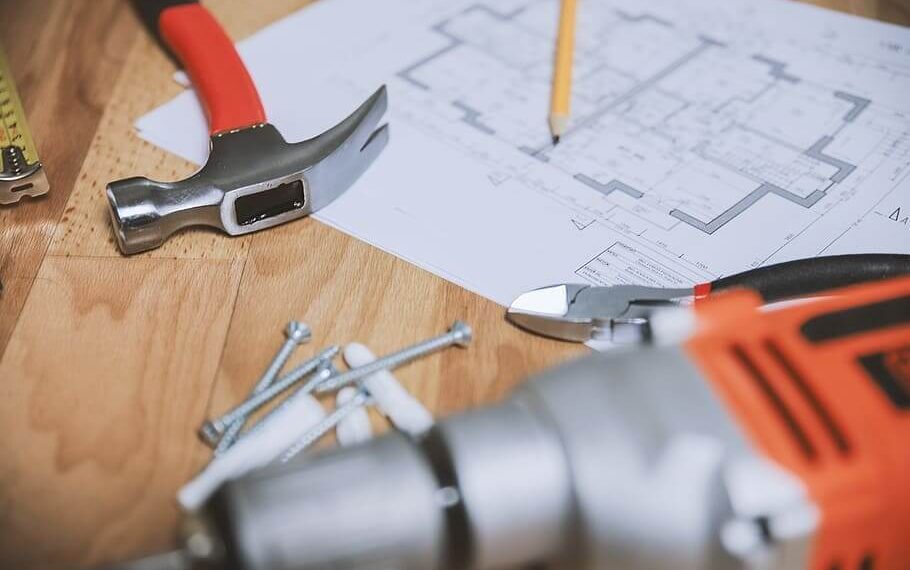When tackling DIY projects, having the right Electric drill can make all the difference. Whether you’re a seasoned DIY enthusiast or a beginner, selecting the appropriate drill and using it is important for the success of your projects.
Table of Contents
Understanding Your Needs:
Before getting into the world of Electric drill, assess your specific DIY requirements. Consider the types of projects you’ll be working on, the materials you’ll be drilling into, and the frequency of use.
Types of Electric Drills:
1. Corded Drill: Ideal for heavy-duty tasks, these drills provide consistent power and are suitable for extended periods of use.
2. Cordless Drill: Perfect for mobility and versatility, these drills offer convenience and are great for projects that require flexibility .
Key Features to Consider:
1. Power: Assess the power output required for your projects. Higher voltage indicates more power, suitable for tougher materials.
2. Speed Settings: Look for drills with adjustable speed settings to cater to various materials and drilling needs.
3. Chuck Size: Consider the chuck size, as it determines the bit size the drill can accommodate. Opt for a versatile chuck size for greater flexibility.
4. Battery Life: If choosing a Cordless drill, prioritize battery life and charging time to ensure uninterrupted workflow during longer projects.
5. Ergonomics: Ensure the drill feels comfortable and well-balanced in your hand, reducing fatigue during extended periods of use.
Choosing Based on Project Types:
1. Light DIY Projects: For simple tasks like hanging frames or light carpentry, a compact cordless drill with moderate power should work.
2. Medium DIY Projects: For projects involving woodwork, furniture assembly, or basic renovations, opt for a cordless drill with adjustable speed settings and a decent battery life.
3. Heavy-Duty Projects: For tasks such as drilling through masonry, concrete, or heavy-duty materials, a powerful corded drill with high torque and speed control is essential.
Understanding Drill Accessories:
1. Drill Bits: Select a range of drill bits suitable for various materials, such as wood, metal, and concrete, to ensure versatility in your projects.
2. Screwdriver Bits: Invest in various screwdriver bits to accommodate different screw sizes, enabling efficient assembly and disassembly.
Maintenance and Safety Tips:
1. Regular Cleaning: Keep your drill clean and debris-free to ensure its longevity and optimal performance.
2. Safety Gear: Always wear appropriate safety gear, including safety glasses and gloves, to protect yourself during drilling tasks.
3. Proper Storage: Store your drill and accessories along in a secure and organized manner to prevent damage and ensure easy accessibility for future projects.
Wrap up
By understanding your DIY needs, assessing the types of Electric drill available, and considering key features, you can confidently choose the right electric drill for your projects. Remember to prioritize safety, maintenance, and the right accessories to maximize your drilling experience.

